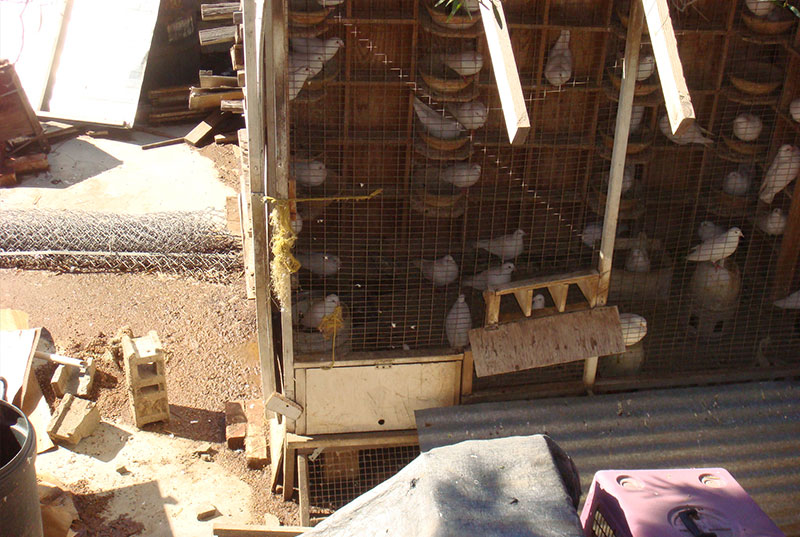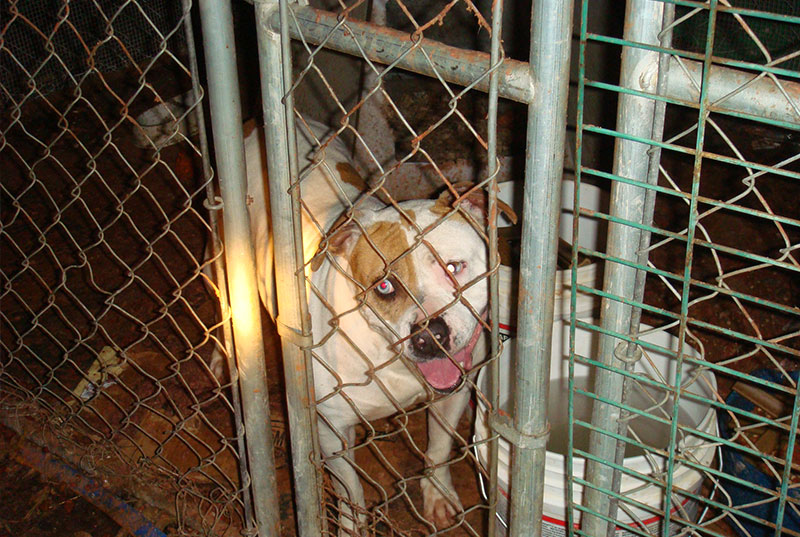Hoarding
Animal hoarders exist in virtually every community. Once described as “collectors” and thought of as well-intentioned people who were overwhelmed by the animal overpopulation crisis, animal hoarders are now recognized as individuals whose mental illness or compulsion can cause criminal behavior with horrific consequences for animals, the hoarders’ families, and their communities.
There are three characteristics of hoarding behavior agreed upon by experts and seen in nearly every case of hoarding:
- Hoarders amass a large number of animals.
- Hoarders fail to provide for animals’ most basic physical and social needs, including food, water, shelter, veterinary care, and sanitary living conditions.
- Hoarders offer excuses for, or deny, the abysmal living conditions of their animals and, in some cases, their children.
An animal hoarder’s behavior translates into filthy, cramped, extremely crowded conditions for many animals, who are deprived – for years, in many cases – of basic needs such as sustenance, shelter, socialization, and veterinary care for their illnesses and injuries.
Hoarders often confine animals to tiny cages or crates that are stacked on top of each other, usually ignoring the animals’ social needs and need for exercise completely. Accumulated feces and urine – often covering every surface in hoarders’ residences – can create dangerously high ammonia levels, which can burn skin, eyes, and lungs.
Flea, mite, and worm infestations and outbreaks of contagious illnesses, including upper respiratory infections, mange, and parvovirus, spread quickly in these crowded conditions. Food and water are usually inadequate – if they are provided at all – leaving animals to suffer from malnourishment and dehydration. In some cases, animals have been found cannibalizing the remains of other animals who died of starvation or dehydration.
These crimes are almost always fatal for the animals. If they do not die at the scene, most are made so ill or “unadoptable” – having gone mad from confinement and deprivation or minimal care – that the most humane option for them is euthanasia. Many animals who go undiscovered by authorities languish for months or years on hoarders’ properties, dying slowly and agonizingly – a fate far worse than euthanasia administered by caring animal shelter workers.
Experts on hoarding behavior believe that dementia, obsessive-compulsive disorder, and other mental health problems may play a role in hoarders’ behavior. Animal hoarding is often misunderstood, and law enforcement agencies, prosecutors, and judges frequently mishandle cases – or ignore them – leaving animals in nightmarish situations. The consequences for hoarders, their human dependents, animals, and the community can be devastating.
Proper intervention is essential to prevent a relapse of hoarders’ behavior. According to Dr. Gail Steketee, a professor at Boston University’s School of Social Work, the relapse rate for animal hoarders is near 100 percent.
An effective, lasting intervention must include a ban on contact with animals for as long as a state’s laws allow; regular, unannounced home inspections by law enforcement or humane agents; psychiatric counseling; and sometimes a period of incarceration.



